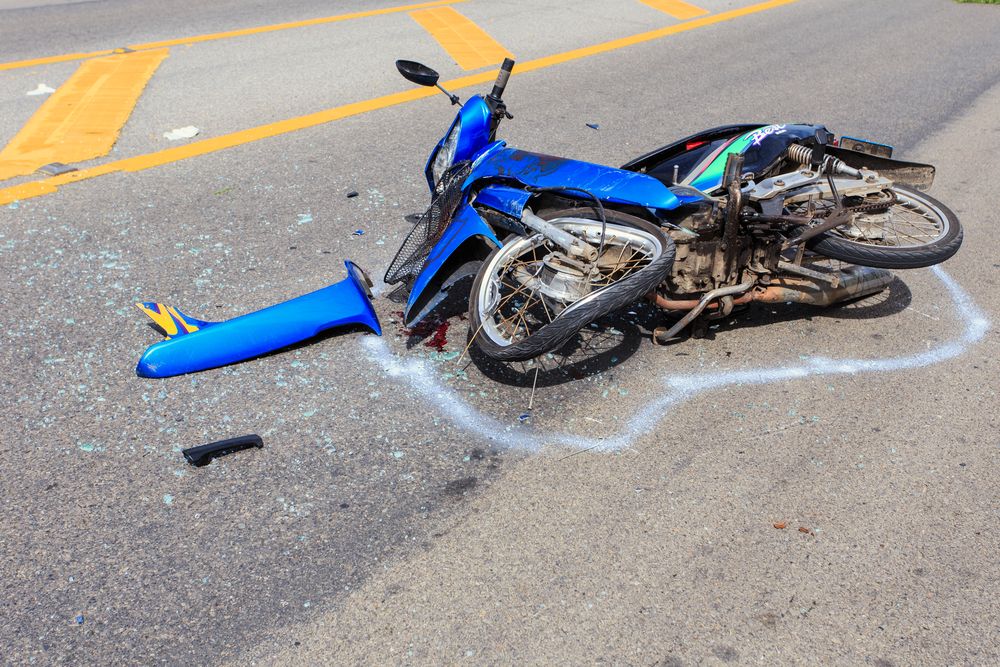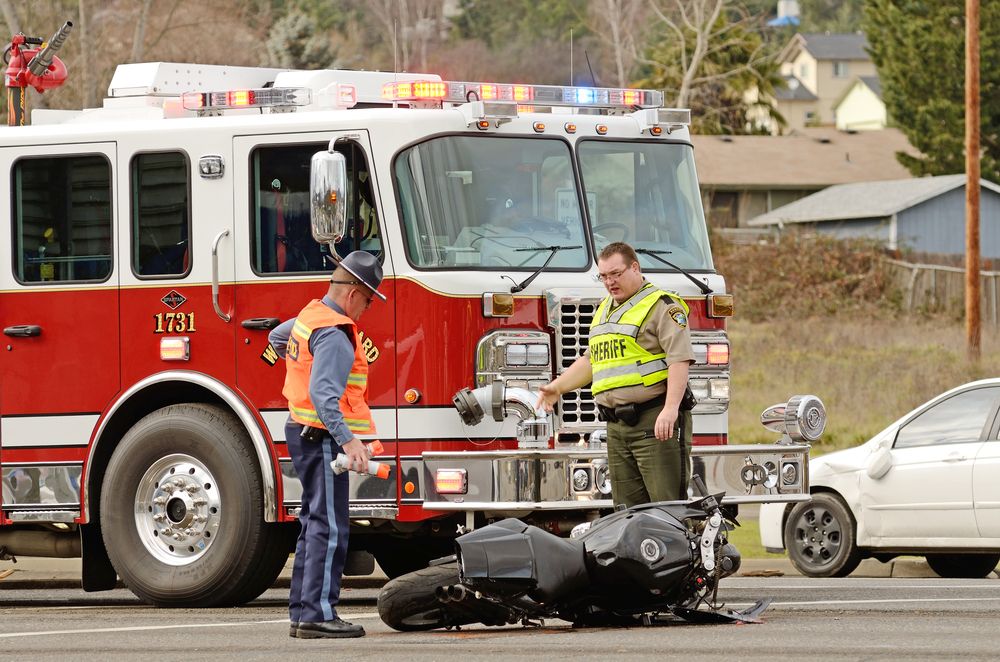Editor's note: This article first appeared on iii.org and is reprinted here with their permission. Click here for the original post.
Choosing the right insurance policy is much like choosing the right motorcycle. You want it to fit your needs and lifestyle, but at the same time be within your budget. Although most states require you to carry a minimum amount of liability coverage, other types of coverage are usually optional. Always ask your insurance agent or company representative which laws apply in your state.
In order to find out what coverage is best for you, it is important to understand all the options available. Continue reading to learn more.
[Related: Study: Motorcyclists confused about coverage]

(Photo: nanD_Phanuwat / Shutterstock)
Liability coverage
Liability insurance covers bodily injury and property damage that you may cause to other people involved in an accident. It doesn't cover you or your motorcycle. Find out if your coverage includes Guest Passenger Liability, which provides protection in the event that a passenger is injured on the motorcycle. Whether or not this is included depends on the laws of your state and the company issuing the policy.
Collision coverage
Collision insurance covers damage to your motorcycle if you are involved in an accident. Your insurance company pays for damages, minus your deductible, caused when you collide with another vehicle or object. Collision insurance usually covers the book value of the motorcycle before the loss occurred.
[Related: Motorcyclists lose control more than they're rear-ended]

(Photo: TFoxFoto / Shutterstock)
Comprehensive coverage
Comprehensive coverage pays for damages caused by an event other than a collision, such as fire, theft or vandalism. However, just like collision coverage, your insurance company will pay for damages, minus your deductible, and will cover only the book value of the motorcycle.
[Related: Top 10 most stolen motorcycles]
Keep in mind most comprehensive and collision coverages will only cover the factory standard parts on your motorcycle. If you decide to add on any optional accessories such as chrome parts, a custom paint job, trailers or sidecars, you should look into obtaining additional or optional equipment coverage.
Uninsured/underinsured motorist coverage
Uninsured/underinsured Motorist Coverage covers damages to you and your property caused by another driver who either doesn't have insurance (uninsured) or doesn't have adequate insurance (underinsured) to cover your damages.
This coverage typically pays for medical treatment, lost wages and other damages. If your uninsured/underinsured motorist coverage includes property damage, then your motorcycle would also be covered under the same circumstances. Check with your insurance professional to see if property damage is included or needs to be purchased separately.

(Photo: Shutterstock)
Tips for the cost-conscious rider
Many factors can play a role in determining what your insurance costs will be such as your age, your driving record, where you live and the type of motorcycle you own, or being a graduate of a rider-training course.
- Many companies offer discounts from 10% to 15% on motorcycle insurance for graduates of training courses, such as the Motorcycle Safety Foundation (MSF) rider course. Riders under the age of 25, usually considered a higher risk, may see some savings by taking this course. It’s also a good idea for cyclists who have already had accidents.
- Maintaining a good driving record with no violations will also help reduce your premiums.
- In many northern states, riders may save money by buying a "lay-up" policy. With a lay-up policy, all coverage except comprehensive is suspended during winter months.
- Find out what discounts your insurance representative offers. Multibike discounts for those insuring more than one bike, organization discounts, if you’re a member of a motorcycle association, and mature rider discounts for experienced riders, are just a few possibilities. Discounts can range anywhere from 10% to 20%, depending on the company and your state. Availability and qualifications for discounts vary from company to company and state to state.
- Keep in mind that the type, style (such as a sports bike vs. a cruiser) and age of the motorcycle, as well as the number of miles you drive a year and where you store your bike may also affect how much you pay for your premium.
Choose the agent or company that's right for you. If you already have auto insurance, you can contact the same insurer. Otherwise, ask friends, relatives and co-workers where they bought their auto or motorcycle insurance. Your local motorcycle shop may have a company they refer customers to. Or you can check local motorcycle magazines and newspapers for insurance professionals advertising motorcycle insurance.
Want to continue reading?
Become a Free PropertyCasualty360 Digital Reader
Your access to unlimited PropertyCasualty360 content isn’t changing.
Once you are an ALM digital member, you’ll receive:
- Breaking insurance news and analysis, on-site and via our newsletters and custom alerts
- Weekly Insurance Speak podcast featuring exclusive interviews with industry leaders
- Educational webcasts, white papers, and ebooks from industry thought leaders
- Critical converage of the employee benefits and financial advisory markets on our other ALM sites, BenefitsPRO and ThinkAdvisor
Already have an account? Sign In Now
© 2025 ALM Global, LLC, All Rights Reserved. Request academic re-use from www.copyright.com. All other uses, submit a request to [email protected]. For more information visit Asset & Logo Licensing.








